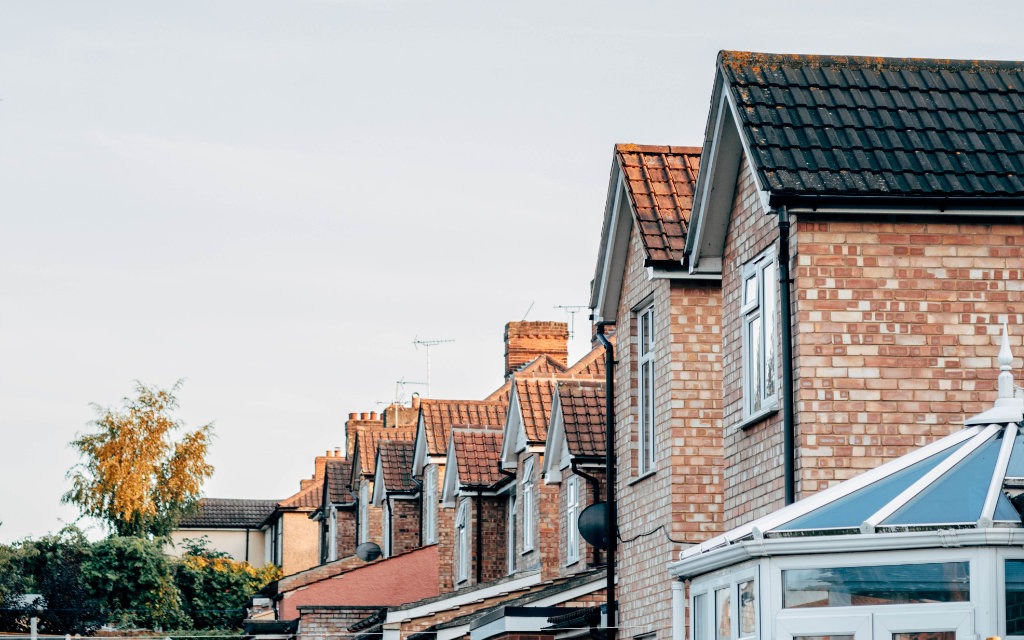Actually building new houses, rather than doing up existing ones, is one of the most rewarding aspects of the property game – and it’s got some serious tax benefits, too.
Specifically, there’s the fact that new-builds are zero-rated for VAT. That means a VAT-registered builder can’t charge VAT on the project – which is good news for the person or business contracting them.
At the same time, although the subcontractor will pay VAT when they’re buying materials, they’ll be able to claim it back, usually at the end of the month.
And if you’re one of those adventurous types and you’re building a house yourself (self-build), you should be able to claim back most of the VAT you pay when your Grand Design is complete.
Compare that to renovations, where 20% VAT is payable on labour and materials, and you can see the appeal of starting from scratch – especially if you’re planning to build more than one property.
By way of an example, if you spent £800,000 building a house, including VAT at standard rate, you could then claim back £160,000 from HMRC.
Why are new-builds zero-rated?
As with most questions about why tax reliefs exist, the answer is because the Government is trying to encourage specific behaviours. In this case, they want developers to add to the UK housing stock.
In particular, they want more homes to be built in certain cities where demand for housing massively outsrips supply. That’s especially true in London and the South East of England but also in places such as Bristol, Brighton, York and Edinburgh.
In 2015, the Government said it wanted to add a million new homes by 2020. Then, in the Autumn Budget for 2017, the then Chancellor, Philip Hammond, upped the ante: the new pledge was to build 300,000 new homes each year.
Since then, there have been some weaselly words arounds this – “we will continue our progress towards our target” and so on. In 2019/20, 244,000 new homes were created – an increase on previous years but still way down on the 345,000 some people reckon are needed.
What counts as a new build?
HMRC is pretty clear about this: for building work to be zero-rated, the house or flat you’re building…
- must be self-contained
- can’t share internal doors with other properties
- can be used independently – you don’t have to enter it through, say, a shop
- can be sold in its own right
- has planning permission
- should be built on a properly cleared site.
That last point is interesting. It means, specifically, that you have to demolish any previous building on the same site right back to ground level. The only exception is if part of the existing building is listed or protected and you’re legally obliged to build around it, or incorporate it.
When it comes to tax law, people come up with all kinds of ideas for bending the rules. They think they’re being clever but, in most cases, HMRC is well ahead of them.
So, for example, you can’t claim an annexe to your existing house as a new build residence. That means VAT has to be charged at the standard rate of 20%.
As always, when I try to explain these things in simple terms, I’m reminded how complicated it all is. Each case is different and it always pays to dig into the detail and get tailored advice.
Get in touch today if you want to talk about VAT on your house building project.
